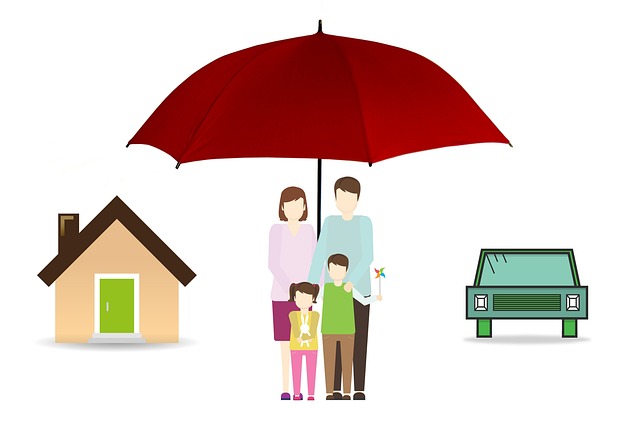Storm Shelters & Bunkers: Practical Guide to Weather Protection
Storm shelters and bunkers are purpose-built spaces designed to protect people from extreme weather and structural collapse during severe events. Whether you live in tornado-prone plains or along hurricane-exposed coasts, understanding types of shelters, siting, construction materials, and emergency supplies helps you make informed choices for home safety and resilient planning. This guide explains how shelters work, what to expect during tornadoes or hurricanes, and how to select weather protection that fits your needs and property.

What is a storm shelter and how does it work?
A storm shelter is a reinforced space—either above-ground safe room or below-ground bunker—built to resist high winds, flying debris, and, in some cases, structural collapse. Above-ground safe rooms are typically constructed with reinforced concrete, steel, or masonry and are anchored to foundations to prevent uplift. Below-ground bunkers use earth for added protection and may include a sturdy entrance hatch and secure ventilation. The goal is to create a survivable interior volume where occupants can stay until the hazard passes. Proper anchoring, a FEMA/ICC-aligned design (where applicable), and professional installation are key factors that determine performance.
How do bunkers boost home safety?
Bunkers enhance home safety by providing a dedicated, code-compliant refuge during life-threatening events. Beyond withstanding wind and impact, they reduce exposure to hazards such as flying glass, collapsed roofing, and debris. For households with children, elderly members, or pets, a nearby bunker or safe room shortens response time during warnings. Integrating a shelter into a family emergency plan—knowing where it is, how to enter quickly, and keeping emergency supplies inside—turns a structural asset into a practical life-saver. Maintenance, such as checking seals, hinges, and ventilation, keeps the space ready when needed.
How to prepare for a tornado using shelters?
Tornado preparation centers on speed and proximity: the closer and more accessible your safe space, the better. Tornado-capable shelters should withstand extreme lateral and uplift forces; many communities recommend placing shelters inside basements or as standalone reinforced rooms. Families should practice drills so everyone knows how to reach the shelter in under a few minutes. Keep essentials inside: a flashlight, battery-powered radio, water, first-aid kit, sturdy shoes, and blankets. If your home lacks space for an interior safe room, consider an exterior reinforced bunker sited close to the house entrance, ensuring a clear, unobstructed route during severe weather.
Are storm shelters effective in a hurricane?
Shelters can be effective in hurricanes, but design priorities shift: wind-driven rain, flooding, and storm surge are major concerns. For hurricane protection, elevated safe rooms are not ideal in flood-prone areas—below-grade shelters may be compromised by rising water. Instead, an above-ground safe room built to resist high winds, properly sealed against water intrusion, and elevated based on flood-risk maps can offer protection. Anchoring to resist uplift, impact-resistant doors, and attention to surrounding landscaping (removing loose objects that become projectiles) improve performance. Understanding local flood risk and consulting local services or building officials helps determine the right shelter type.
How to choose weather protection and installation?
Selecting the right weather protection starts with assessing threats: tornado, hurricane, flooding, or a combination. Consider shelter type (interior safe room, above-ground, or below-ground bunker), materials (reinforced concrete, steel), door and ventilation design, and entry location relative to your home. Work with licensed contractors experienced in shelters and check for compliance with applicable standards or local building codes. Ask about lead times, warranty, anchoring methods, and maintenance requirements. If professional installation isn’t feasible, some prefabricated units exist that can be installed by experienced contractors or local services in your area. Verify credentials, ask for references, and request site-specific recommendations.
Conclusion
Storm shelters and bunkers are valuable investments in home safety and weather protection, offering a controlled, reinforced space to ride out tornadoes, hurricanes, and other severe events. Choosing the right option involves balancing threat type, property constraints, construction materials, and accessibility. Regular maintenance, family planning, and coordination with reputable installers and local services will maximize the shelter’s effectiveness when it matters most.






